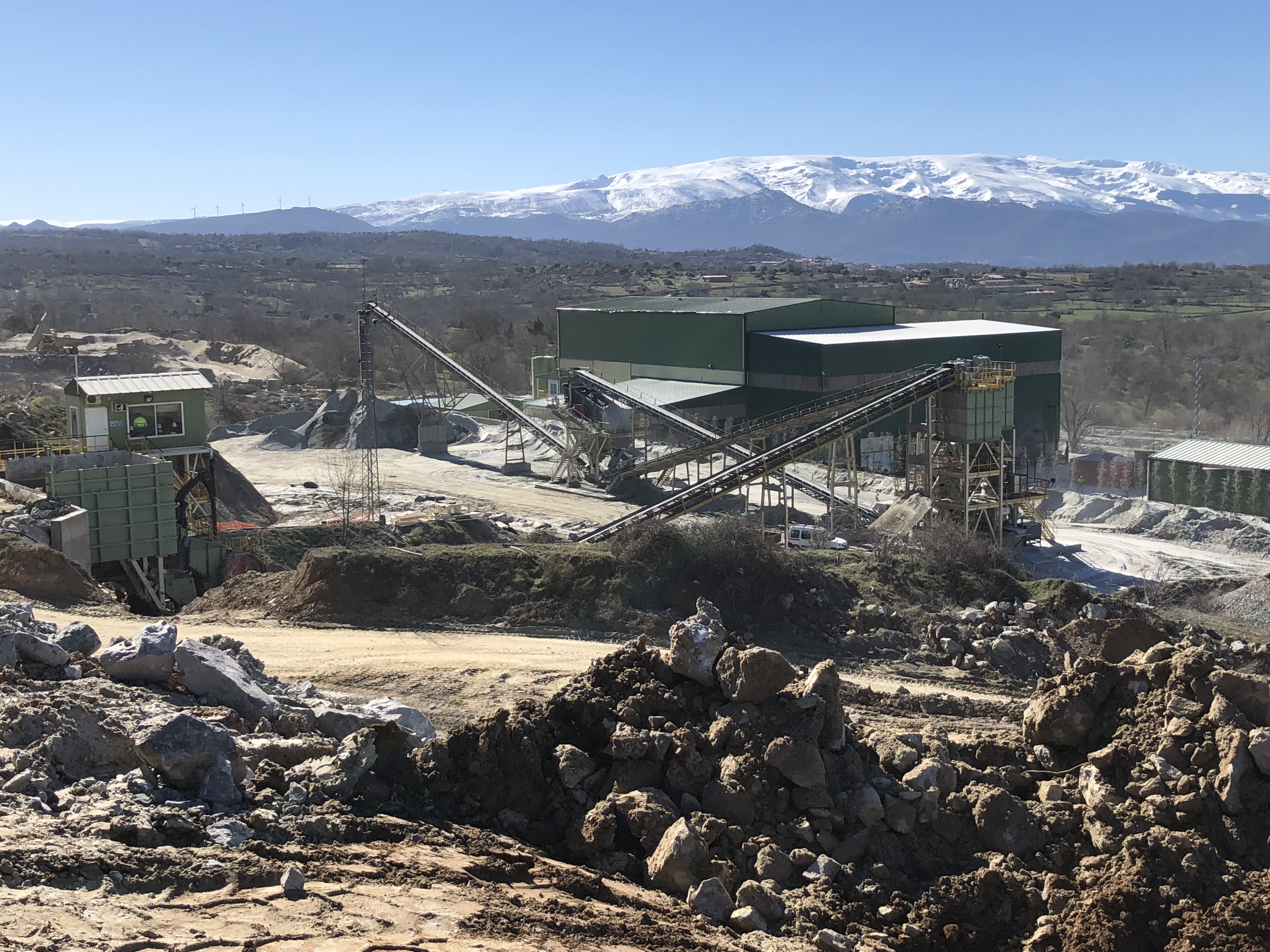
About Castilla y León
About the Region
Castilla y León is an autonomous community in north-western Spain. It is the largest region in Spain, representing more than 18% of the total country area, and is the third largest region of the European Union, covering an area of 94,223 square kilometres with an official population of around 2.4 million people. The regional capital is Valladolid.
Until recently, agriculture was one of the region’s major economic sectors. Castilian-Leonese agricultural production still represents around 12% of Spain's primary sector. Despite that, the region is concentrating increasingly on the development of a knowledge-based economy. This is done by promoting sectors such as the aerospace industry, renewable energy and information and communication technologies, and by the modernisation or introduction of the innovation culture in, among others, food industry, metal machining industry and services sector – all considered traditional industries with deep historic roots in Castilla y León.
The gross domestic product generated by the region's economy in 2017 reached €57,094 million, representing 5% of country's GDP. In 2016, the main component to the regional gross value added was the tertiary sector (69%), followed by the secondary sector (27%) and the primary sector (4%).
The Mining and Metallurgy Industry
According to the last published data in 2016 there were 449 active exploitations with 3,515 employees and a total value of production of 290,438,589 € in Castilla y León. In 2016, the region had 7 active coal exploitations and 1 of oil/gas. Coal mining has kept a strong activity in the northern provinces of León and Palencia since the last decades of the 19th century. Nevertheless, the coal mining activity began to decline in the 90’s and policies intended to reduce the emission of greenhouse gases have shortened dramatically the production of coal. The oil/gas exploitation, in production since 1967, also has a very small production today. There is an advanced project of uranium in Salamanca.
Nowadays, there are two active exploitation of metallic minerals, both for tungsten: the Los Santos mine (around 99% and 22% of the national and EU production respectively) and Barruecopardo mine (in operation since the beginning of 2019). There are also advanced projects of iron, lead-zinc and tin-tungsten that could be in production in a medium term, as well as interesting potential for mining exploration of copper, cobalt, nickel, gold and some other metals that were exploited in the past.
Industrial minerals represent in Castilla y León 44.5% of the value of production. The most outstanding activities in this field correspond to the exploitations of glauberite in Burgos (Cerezo del Río Tirón mine owned by CRIMIDESA; and Belorado mine owned by Samca) and K-feldspar in Segovia. In both cases, Castilla y León is the national leader in production in Spain. The region has a magnesite exploitation in the Soria province (Borobia mine, owned by Magsor), which was started up in 2015, that represents 12% of the national production. There are also exploitations of silica (for ferroalloys), absorbent clays and raw materials for glass and ceramics (including Li minerals).
For ornamental rocks, the most remarkable is the roofing slate sector in which Castilla y León represents 1/3 of the national production. Quarry products represent 73% of the regional exploitations and 40% of the jobs in the region. These activities are the most geographically widespread in the region.
Mineral Deposits and Metallurgy Production Sites
The Los Santos mine was acquired by Almonty in September 2011 through its subsidiary Daytal Resources Spain S.L. The mine was originally opened in 2008 and commissioned in July 2010 by its former owner. The Los Santos mine is an open-pit deposit located approximately 50 kilometres from Salamanca and produces 700-1,000 tWO3 per year.
The Barruecopardo tungsten open-pit mine is owned and operated by Saloro S. L. U. and represents one of the largest tungsten reserves in Spain. It is in operation since the beginning of 2019 and is expected a production of 2,600 tWO3 per year. The mine is located 94 km from Salamanca.
Glauberite deposit is located in the eastern boundary of Burgos province. It is being exploited by two companies (CRIMIDESA and Minera Santa Marta), both with the same in situ-dissolution system, producing together around 940,000 t/year (76% of the national production). Magnesite deposit is owned and operated by MAGSOR, a subsidiary of MAGNA. This mine, in operation since 2015, is located in the eastern border of Soria province and produces around 73,000 t/year (12% of the national total). K-Feldspar is extracted from eolic sands in two open pits in Segovia and (with Li) in two quarries in Salamanca. The whole production is around 426,000 t/year (67% of the national total). Absorbent clays (bentonite, attapulgite), silica (ferroalloys and glass, among other uses) and wollastonite (glass) are produced in several open pits. Roofing slate is intensely extracted by several companies in SW of León province.